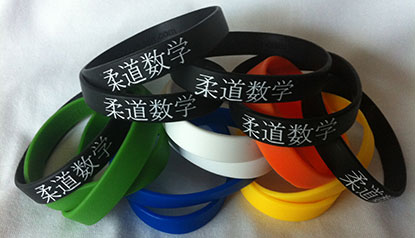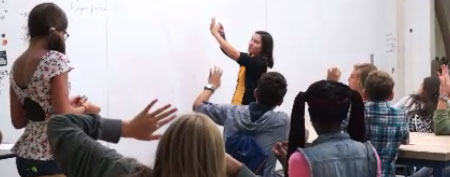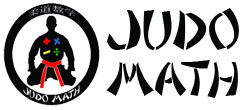
Everyone learns at a different pace
In many math classes today, teachers follow a district-mandated pacing schedule, Let’s put that in perspective.
Do you remember how long it took for you to learn how to tie your shoes?
Does it really even matter? Unfortunately, how fast you learn seems to matter in math classes today. What if every 4 year old was required to learn how to tie their shoe….in one day. The next day we’re moving onto double knots. Some would get it, many would not. How do you think that would affect their confidence? Or their will to learn more?
Some students just need more time to fully comprehend concepts. So we should be teaching that way. It’s called differentiation.
Why Judo Math Works
 Judo is a form of martial arts that dates back to the late nineteenth century. The purpose of learning Judo is to develop character, body, and mind, so that one can contribute something of value to the world. The core principles of Judo include: cooperation and working for mutual welfare. Wouldn’t you want these ideals in your classroom?
Judo is a form of martial arts that dates back to the late nineteenth century. The purpose of learning Judo is to develop character, body, and mind, so that one can contribute something of value to the world. The core principles of Judo include: cooperation and working for mutual welfare. Wouldn’t you want these ideals in your classroom?
“Can this principle be applied to other fields of human activity? Yes it can also be applied to the improvement of intellectual and moral power, and in this way constitutes mental and moral education.”
-Professor Jigoro Kano, the father of Judo
Judo Math motivates all students to take responsibility. There are no ability groups, just pacing groups. By the end of each discipline, everyone is a black belt rank, reinforcing the unity of the class. There is a sense of pride when moving from one belt to another. The students’ confidence level increases throughout the year due to the marking of their achievements. Since the ultimate goal of Judo is to develop oneself to the fullest extent possible, the hope is that all students will develop this way of thinking throughout the school year, and apply it not only to math but other areas of life.
How Judo Math Works
Download The Free PDF Teachers Guide

Sign up for our newsletter and we will
send you a copy of our teacher guide.
 Click Here for the Guide
Click Here for the Guide
Like the martial art practice, Judo Math incorporates the use of varying degrees of belts. Instead of actual belts we have rubber bracelets. When they come to class, students put on their belt, called an obi. In ancient times the obi was developed to put the student in the appropriate state of mind. When they put on their obi in class, it signifies that they are ready to learn math.
Everyone starts each discipline as a white belt. They progress through each level to earn the next belt: white to yellow, then orange, blue, and finally black. Moving from one level to the next is celebrated as an achievement with the presentation of belts, where each student who advanced is called up in front of the class to receive their new belt while others recognize the achievement with applause. Every student becomes a Black Belt in each discipline, signifying mastery of that area.
Since Judo preaches working for mutual welfare, students will work with other members of their belt class to help each other advance through their belts. We call this Relationship Based Learning. It is the goal of the entire class to help everyone progress to a black belt. Then once a student becomes a black belt, they are partnered up with another student to become their personal tutor, helping them progress through the belts. For those students with a faster pace, there is a sensei belt that can be achieved by moving past the required curriculum. They work towards becoming a Sensei, receiving a green belt. The students that reach this status become extra teachers in the classroom, running lessons on topics and helping out the most people that they can. When the entire class finally reaches the black belt level in any discipline, there is a huge community celebration of their accomplishments, and the process starts over with the next discipline.

 www.capjax.com
www.capjax.com